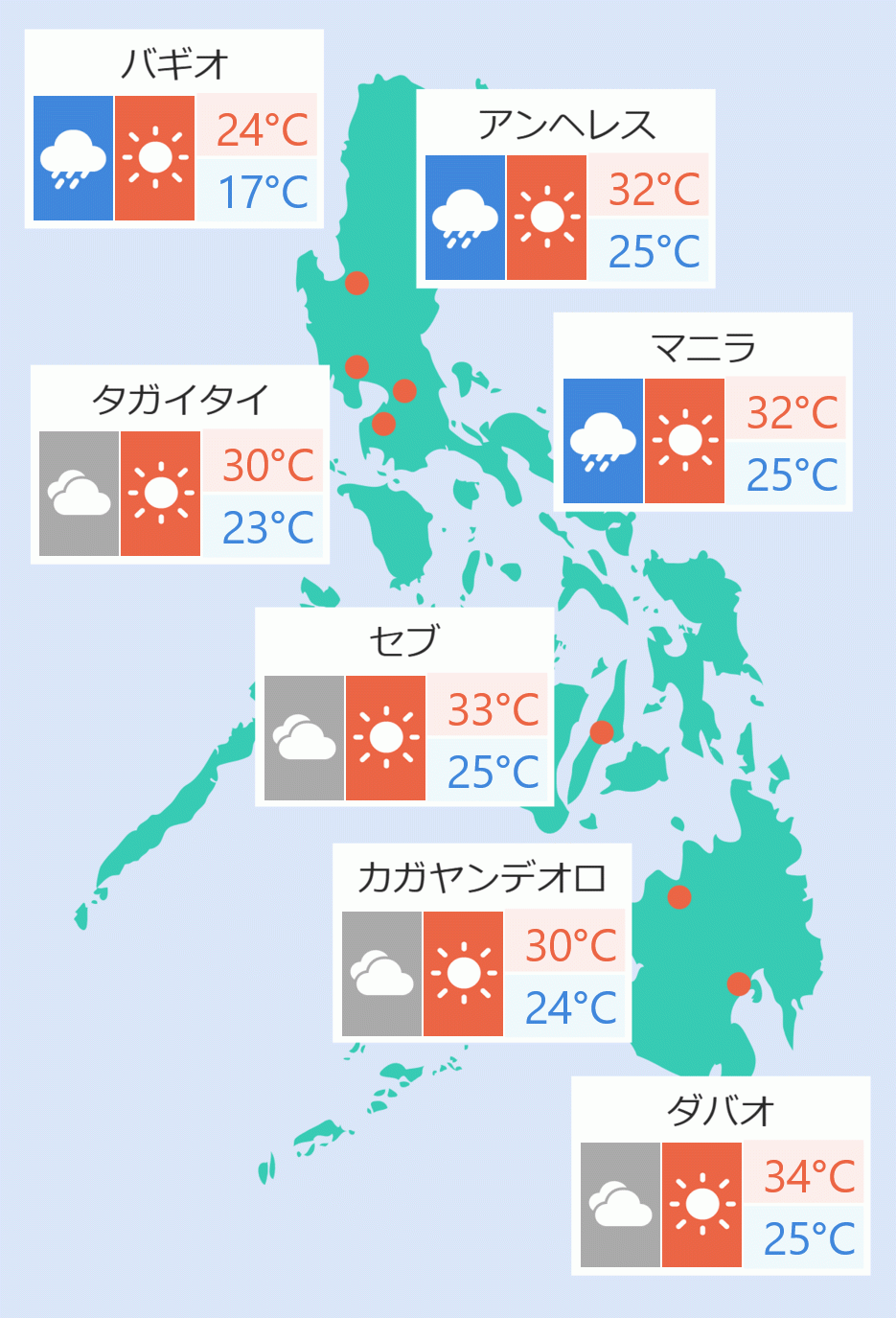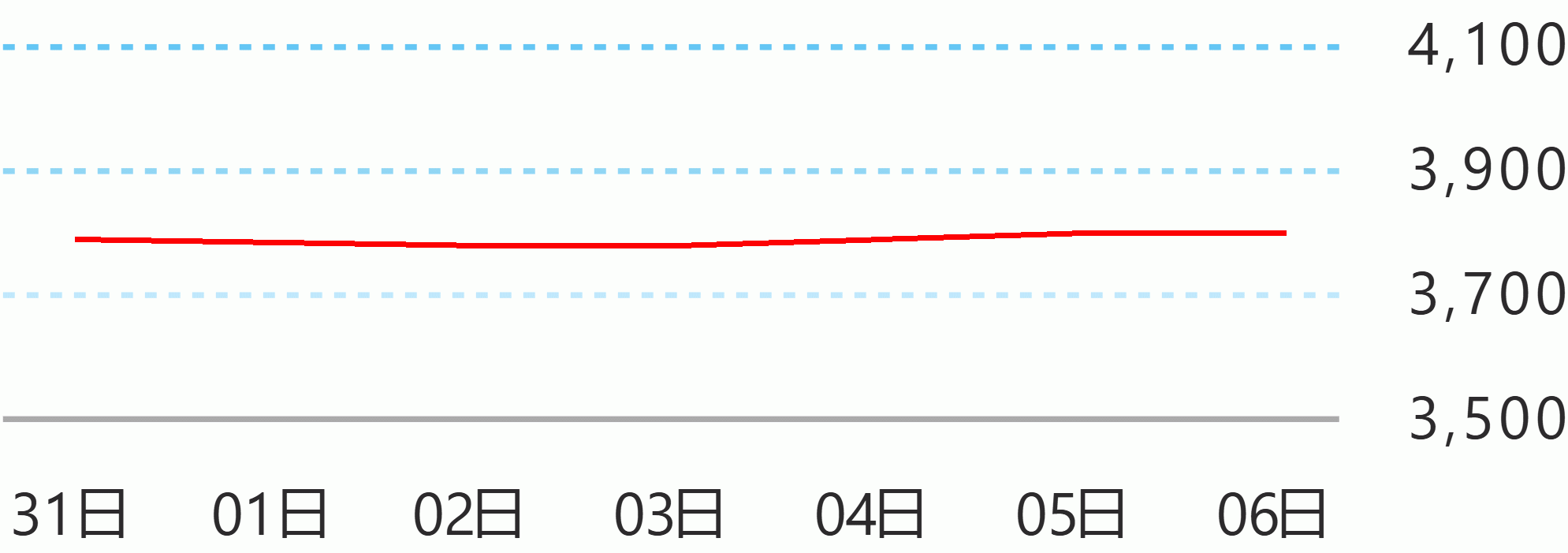Headline inflation rose in November to 8 percent year-on-year, the highest level observed since November 2008, but within the Bangko Sentral ng Philippines' forecast range of 7.4-8.2 percent.
The year-to-date average of 5.6 percent is above the government’s announced inflation target range of 2.0-4.0 percent for 2022. Core inflation, which excludes selected volatile food and energy items to measure underlying price pressures, also increased to 6.5 percent in November from 5.9 percent in the previous month.
Meanwhile, month-on-month seasonally-adjusted headline inflation slowed down to 0.7 percent in November from 1.0 percent in October.
The higher inflation in November was attributed largely to the increase in prices of food items amid strong typhoons over the recent months.
In particular, inflation for rice, fruits, sugar, and vegetables such as eggplants and red onions registered faster price increases for the month. Limited fish supply due to Severe Tropical Storm Paeng as well as the start of the annual three-month closed fishing season also pushed fish prices upward.
Prices of restaurants and accommodation services mainly contributed to the rise in non-food inflation while transport and housing, water, electricity, gas, and other fuels inflation remained elevated during the month.
The November inflation outturn is in line with the BSP’s assessment of above-target inflation in the near term before gradually decelerating in the succeeding months as the cost-push shocks to inflation due to weather disturbances and transport fare adjustments dissipate.
Nonetheless, the BSP continues to be vigilant against risks to the outlook and remains committed to taking all necessary action to bring inflation back to a target-consistent path over the medium term.
The BSP also reiterates its full support for the National Government’s efforts to ease domestic supply constraints. The monetary authorities will consider the information at the December 15 policy meeting of the Monetary Board. BSP





 English
English









